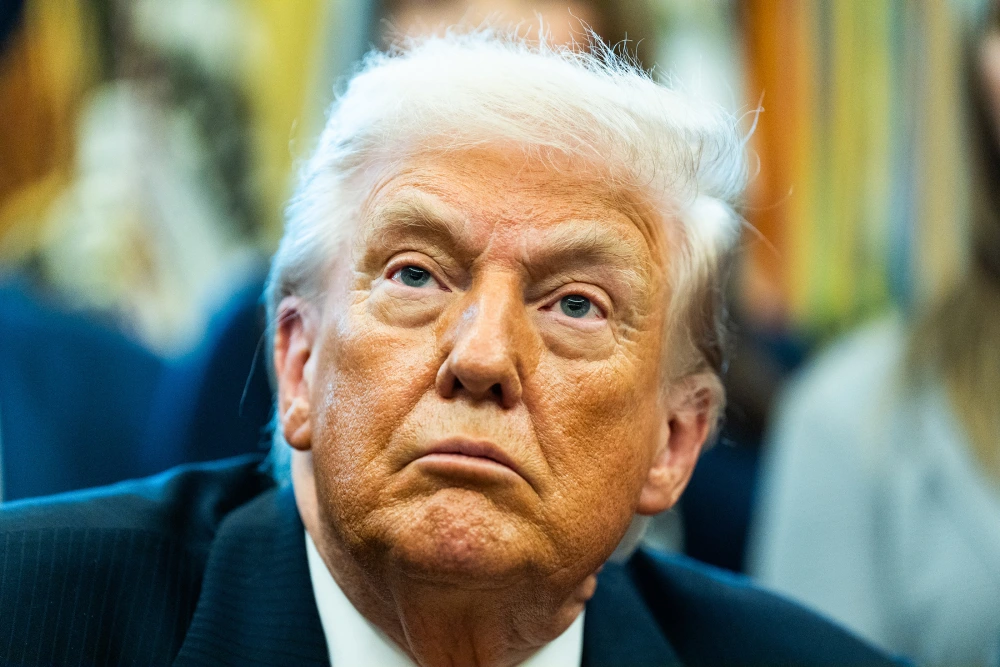The Commonwealth Fund released a report Thursday that found the continued Medicaid enrollment enacted near the start of the pandemic helped to shrink the rate of uninsured among Black and Hispanic adults, thereby reducing the coverage disparities between these groups and white adults.
These expansions will end on May 11, though states will have the option of beginning the process of unwinding these expanded enrollments beginning a month earlier.
As the Commonwealth Fund noted, Black and Hispanic people are disproportionately enrolled in Medicaid and are more likely to lose coverage when eligibility is redetermined.
While many people will likely no longer be eligible for Medicaid at that point, others who are still eligible may also lose their coverage.
A Kaiser Family Foundation (KFF) report noted that administrative barriers could prevent many eligible individuals from losing coverage.
The Department of Health and Human Services (HHS) refers to this as “administrative churning,” which is when enrollees struggle with the renewal process or states are unable to get in contact with them due to issues like changes of address.
As the KFF report noted, the shift away from expanded Medicaid enrollment will mean an unprecedented amount of work for state employees, who are in short supply these days.
“More than half of reporting states have staff vacancy rates greater than 10% for frontline eligibility workers (16 of 26 reporting states) and slightly less than half for call center staff (13 of 28 reporting states,” the report stated.
Uninsured rates reached record lows during the pandemic, thanks in part to the expanded eligibility. Now an estimated 15 million to 18 million people could lose their health care coverage. As states begin the arduous process of transitioning back to pre-pandemic standards, the question remains if the U.S. can keep uninsured rates down.




